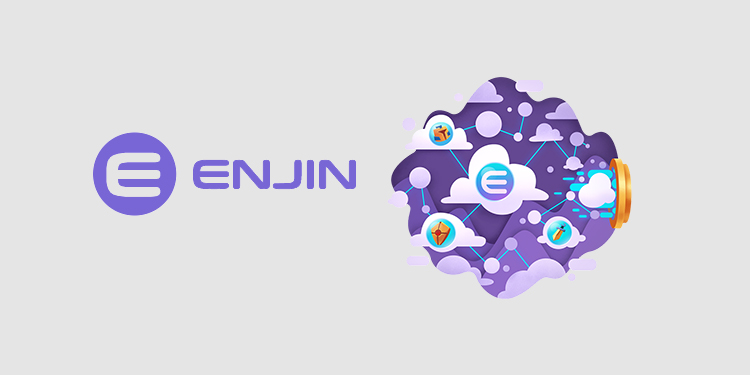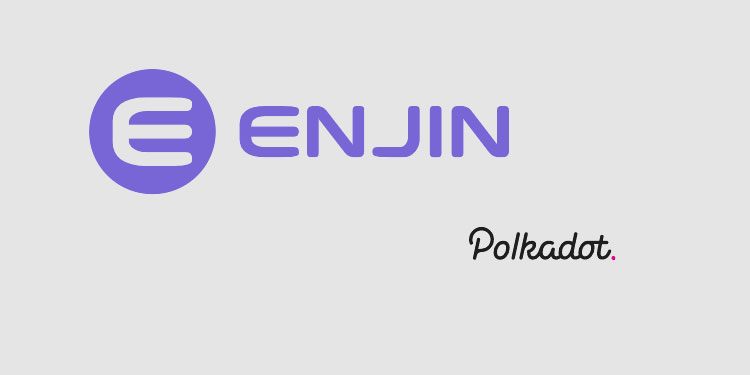The team of Enjin, an all-in-one blockchain game development platform, announced that a key element of its ecosystem — the Enjin Platform is now live on the Ethereum mainnet.
The Platform democratizes the ability to create, mint and manage blockchain assets. Users can now easily deploy both fungible and non-fungible tokens by using the brand new Web Panel.
4 steps for minting a blockchain asset on Enjin include:
Create a New Project – Creating a new Enjin Platform project is easy: just pick a name, upload an image, and write up a short project description. The new project can be anything from a simple collection of digital art or a cluster of tokenized memes, to a complex web-based app or a video game that is a part of a blockchain multiverse.
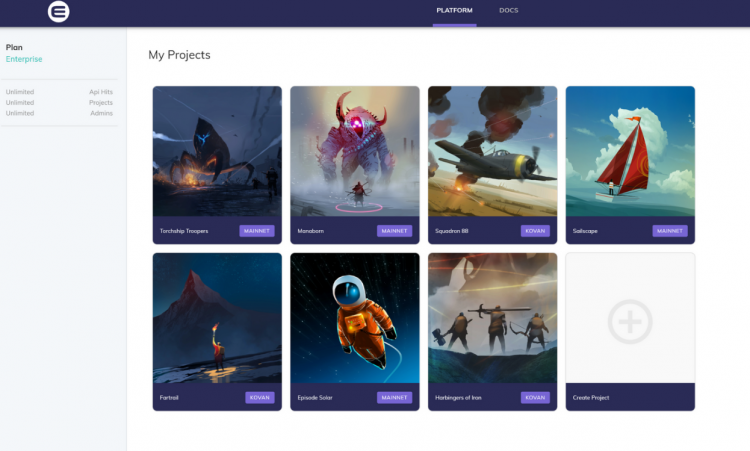
Link Wallet – Linking a wallet is a seamless experience. To start, users will need the Enjin Wallet app installed on their mobile device, as well as some ETH & ENJ to fuel the creation and minting process. Users then need to point their phone towards a QR code, and scan it in order to link their wallet.
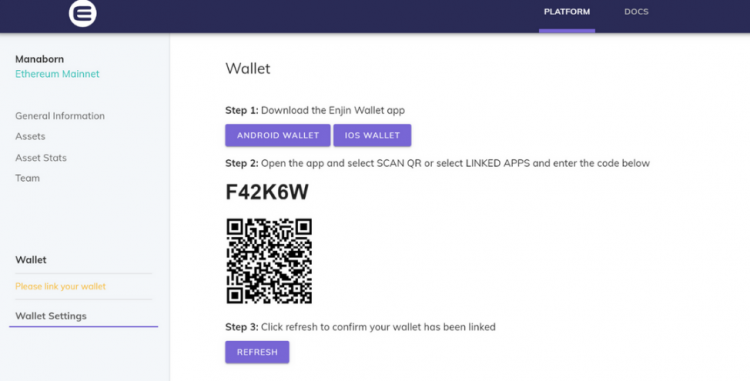
Create Assets – The asset creation process can be thought of as the initial setup. When a user creates an asset, they are not actually deploying it to the blockchain, they are just strictly defining its various values, which can range from simple choices like the asset’s name and image, to complex variables like transfer fee types and starting supply. Blockchain assets created with the Enjin Platform have two types of data: on-chain data (like the asset name, type, or ENJ value per asset) and off-chain data (like the asset image and description). ENJ per asset, asset type, supply model and melt value are on-chain variables that can’t be changed once the item is created.
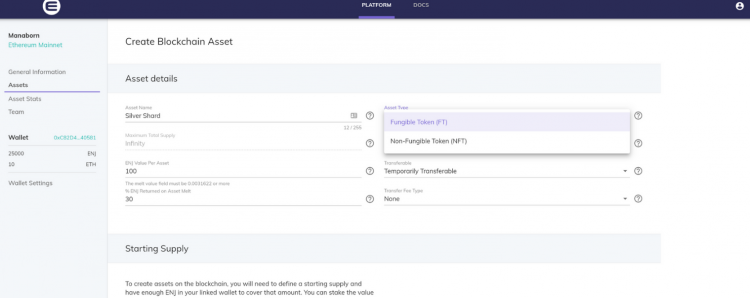
Mint Assets – The starting supply value that a user picks while creating an asset is actually the initial minting “budget”— it’s there to make sure there’s a supply of ENJ to mint with, and provide a soft cap on the number of assets the user can mint. The actual minting process involves optionally adding more ENJ to the minting supply, and then clicking a button.
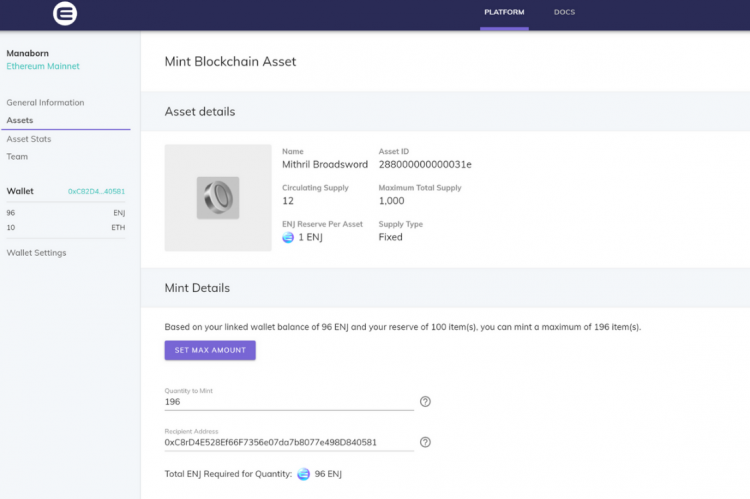
Enjin Platform: API & SDKs
The Enjin Platform Web Panel was built to enable codeless creation and management of blockchain assets; Enjin Platform API and SDKs come into play when it comes to actually integrate those assets with games and apps:
- Platform API is GraphQL-based, well documented and robust; built to help facilitate large-scale automation and scalability of blockchain asset creation, minting, trading, and sending, as well as other blockchain-related features like user wallet linking—without a single line of blockchain code.
- Platform SDKs are, in essence, different ways to “talk” to the API. As a developer, you might be more comfortable utilizing the Unity Runtime API, which features equivalent functions as the GraphQL API.
There are currently Unity, Java, NodeJS, and Godot SDKs in various stages of early access and development.
The Enjin Platform (and the ecosystem as a whole) enables users to explore and take advantage of four new gaming industry technological advancements, enabled by next-generation blockchain infrastructure and products:
- Design: Build decentralized gaming multiverses and enable players to use and level up their characters and items across different games.
- Funding: Utilize a blockchain crowdfunding model by creating your gaming assets in advance and offering them to gamers as backer rewards.
- Monetization: Charge a transfer fee whenever items are traded p2p or sold via third-party marketplaces.
- Marketing: Gamify marketing by offering in-game assets in exchange for online engagement.
“The past couple of months have been chaotically beautiful at Enjin. From creative development sprints to what seems like endless cross-departmental meetings, we’ve been extremely quiet on the outside, while brewing a creative, productive storm on the inside. With the launch of the Platform, we’re one step closer to completing our blockchain ecosystem. While our products are forged in gaming, we’ve seen everything from a creative wave of blockchain assets created by the amazing Enjin community members, to technological giants utilizing Enjin-powered blockchain assets as part of their user retention and engagement strategies. So… what’s next? Well… We’re working on something. You’ve likely seen it before. In the near future, it will be public and usable by all. It’s just a way to distribute blockchain assets via QR codes.”
– The Enjin Team


